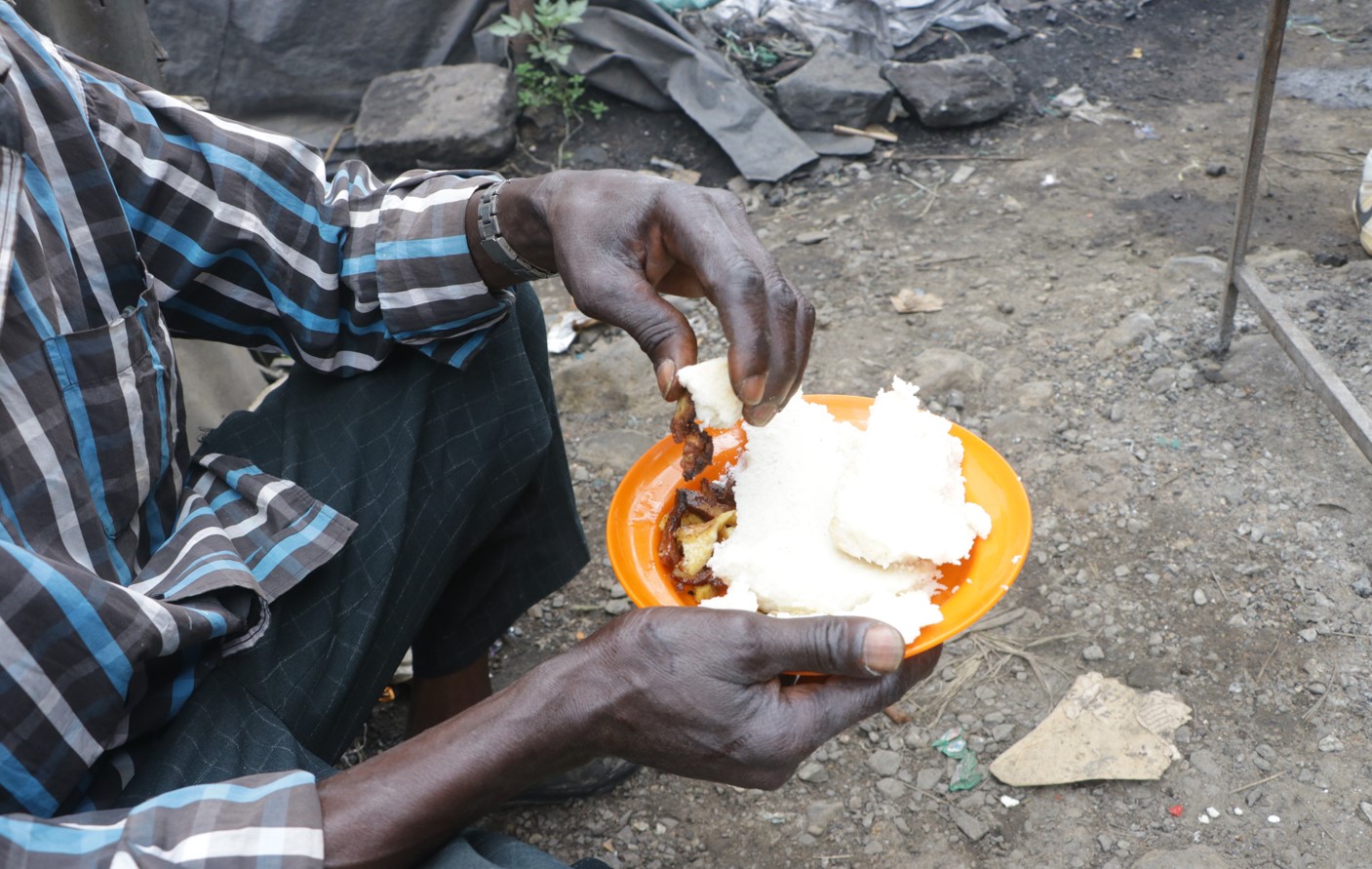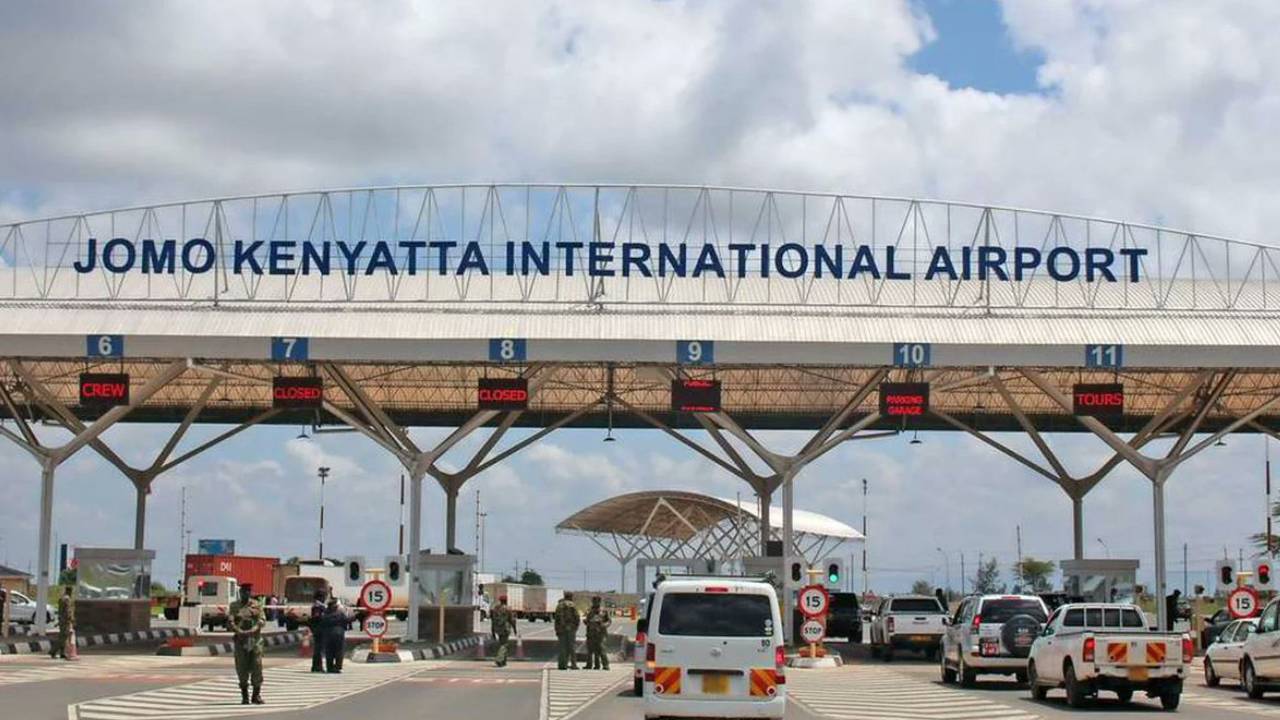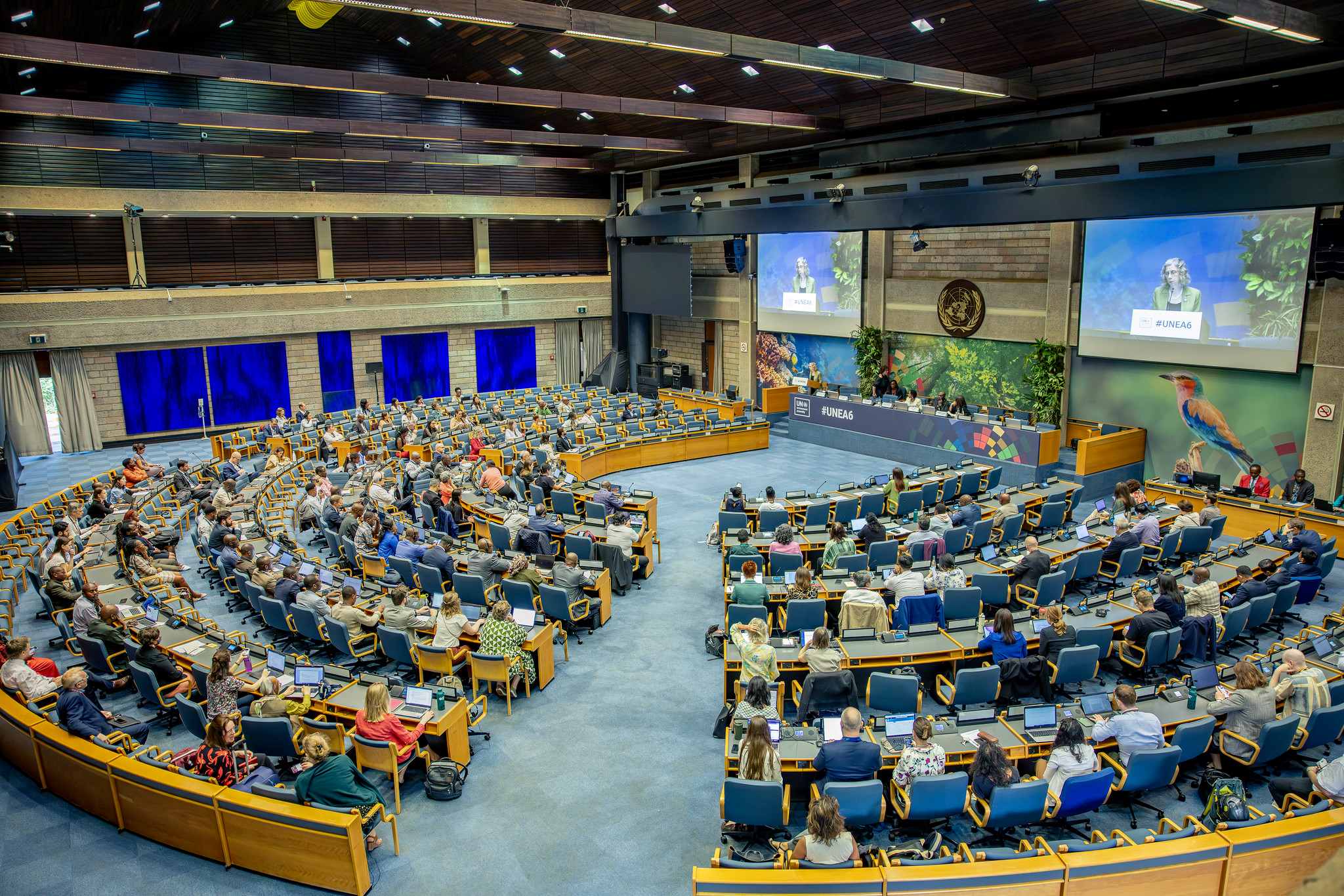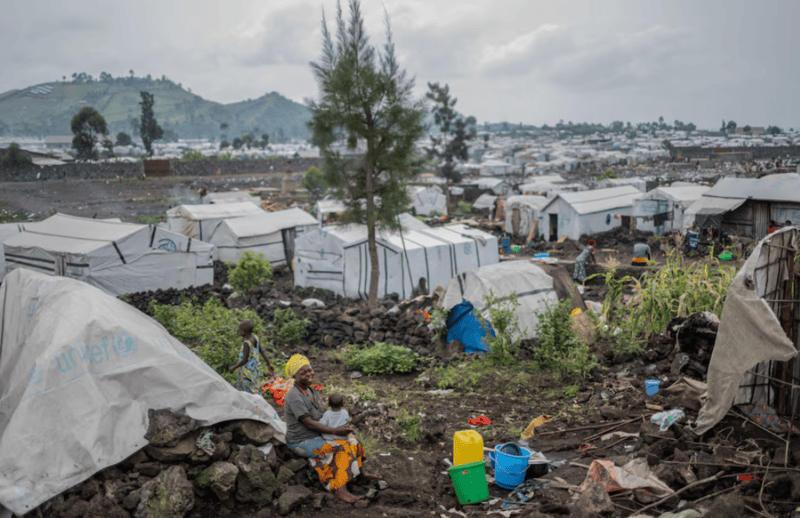FAO report shows nearly 80 per cent of Kenyans cannot afford a healthy diet

Without urgent action, FAO warns that food insecurity and malnutrition will continue to rise, making the goal of Zero Hunger by 2030 increasingly difficult to achieve.
Almost 80 per cent of the Kenyan population cannot afford a healthy diet, highlighting the growing challenge of food insecurity in the country.
According to a report by the Food and Agriculture Organisation (FAO) titled 'The State of Food Security and Nutrition in the World 2024', the number of Kenyans struggling to access a nutritious diet rose from 35.1 million to 42.8 million over six years, an increase of 7.7 million people.
More To Read
This means that 79.2 per cent of Kenyans could not meet basic dietary conditions, placing the country behind the Democratic Republic of Congo (91.4 per cent) and Burundi (89.6 per cent) in the region.
FAO defines the cost of a healthy diet as the lowest possible expense required to acquire a variety of locally available foods that meet energy and nutritional needs. The organisation categorises a healthy diet into six essential food groups, ensuring a daily intake of 2,330 kcal.
These groups include starchy staples (1,160 kcal), animal sources (300 kcal), legumes, nuts, and seeds (300 kcal), oils and fats (300 kcal), fruits (160 kcal), and vegetables (110 kcal).
“The increased frequency and intensity of the major drivers, such as the lack of access to and unaffordability of healthy diets, unhealthy food environments, and high and persistent inequality in combination with underlying factors have resulted in increasing numbers of hungry and food-insecure people,” reads the report.
Ethiopia, the most populous country in the region, recorded a lower percentage of its population unable to afford a healthy diet at 54.1 per cent. Uganda had the second-lowest rate at 72.5 per cent, while Tanzania stood at 75.5 per cent.
Broader global crisis
FAO’s report also highlights a broader global crisis, warning that progress toward the goal of Zero Hunger has stalled.
After a sharp rise in hunger levels between 2019 and 2021, the proportion of the world’s population facing food insecurity has remained virtually unchanged for the past three years. The latest estimates place the global prevalence of undernourishment (PoU) at 9.1 per cent in 2023.
FAO estimates that between 713 million and 757 million people—roughly one in 11 worldwide—were undernourished last year. The mid-range estimate of 733 million suggests that 152 million more people faced hunger in 2023 compared to 2019.
Africa remains the most affected region, with 20.4 per cent of its population experiencing hunger, followed by Asia at 8.1 per cent, Latin America and the Caribbean at 6.2 per cent, and Oceania at 7.3 per cent.
However, Asia has the highest absolute number of undernourished people, with 384.5 million affected. Africa follows with 298.4 million, while Latin America and the Caribbean recorded 41 million, and Oceania 3.3 million.
Chronically undernourished
Projections indicate that by 2030, an estimated 582 million people will still be chronically undernourished. FAO notes that more than half of them—53 per cent—will be in Africa.
Beyond hunger, FAO notes that food insecurity—defined as moderate or severe lack of access to adequate food—remains far above pre-pandemic levels.
In 2023, an estimated 2.33 billion people, or 28.9 per cent of the global population, were moderately or severely food insecure. Of these, more than 864 million people, or 10.7 per cent of the global population, were classified as severely food insecure, meaning they had run out of food at times during the year and, in extreme cases, gone entire days without eating.
“The prevalence of severe food insecurity at the global level rose from 9.1 per cent in 2019 to 10.6 per cent in 2020 and has remained stubbornly unchanged since then,” FAO said.
Africa recorded the highest rate of moderate or severe food insecurity at 58 per cent, nearly double the global average. Latin America and the Caribbean reported 28.2 per cent, Asia 24.8 per cent, and Oceania 26.8 per cent.
FAO also highlights economic disparities in access to food, noting that more than one-third of the global population, about 2.8 billion people, could not afford a healthy diet in 2022.
Hardest hit
Low-income countries were the hardest hit, with 71.5 per cent of their populations unable to afford nutritious food. In lower-middle-income countries, this figure was 52.6 per cent, while upper-middle-income nations recorded 21.5 per cent. High-income countries had the lowest rate, with only 6.3 per cent of their populations unable to afford a healthy diet.
With just six years left to achieve Sustainable Development Goal 2 (Zero Hunger), FAO warns that current efforts are not sufficient.
“The lack of improvement in food security and the uneven progress in the economic access to healthy diets cast a shadow over the possibility of achieving Zero Hunger in the world, six years away from the 2030 deadline,” reads the report.
Despite some progress in reducing childhood stunting, wasting, and increasing exclusive breastfeeding rates, FAO notes that other forms of malnutrition, such as anaemia in women aged 15 to 49 years and obesity, continue to rise.
The organisation has called for a transformation in agrifood systems to enhance resilience, address inequalities, and make healthy diets affordable and accessible to all.
It emphasised the need for policies that promote sustainable food production, improve supply chain efficiency, and strengthen social protection programmes to ensure vulnerable populations can access nutritious food.
Without urgent action, FAO warns that food insecurity and malnutrition will continue to rise, making the goal of Zero Hunger by 2030 increasingly difficult to achieve.
Top Stories Today


















